By Ahmed Fergiani
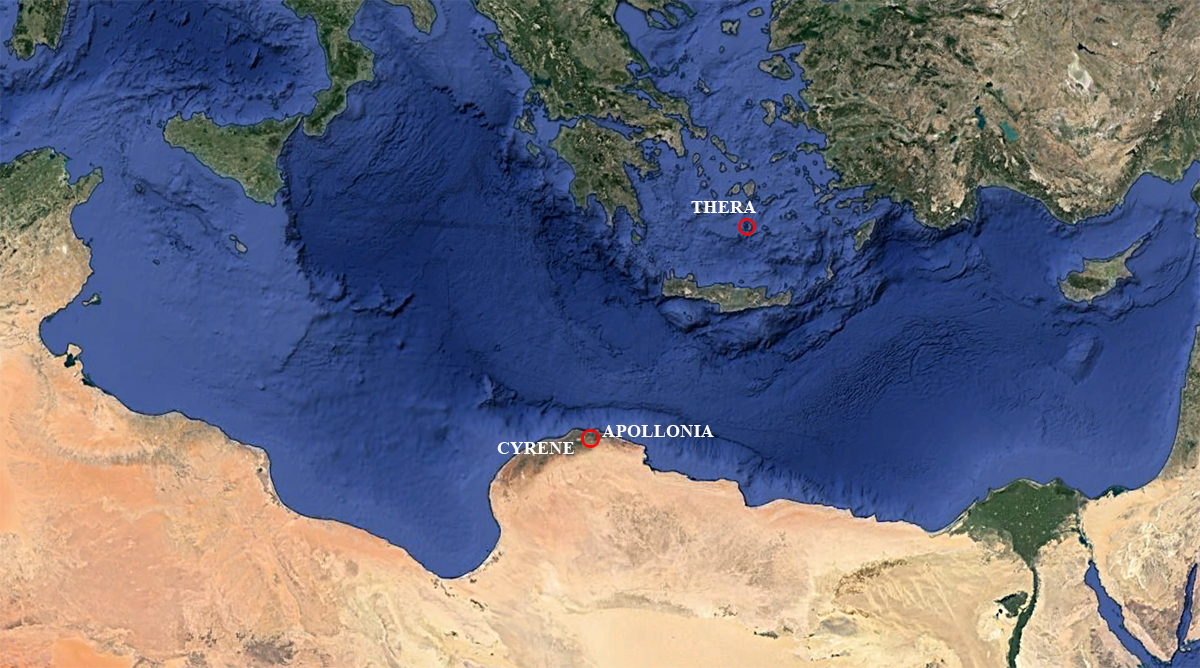
One of the tales of Herodotus is about the founding of Cyrene (modern Shahat, شحات) in circa 630 BC 1. According to a legend, Grinus, the king of the island of Thera, received an oracle at Delphi saying that he should found a colony in Libya. Grinus told the oracle that he was to old to do this himself. So he asked if it was possible to take someone younger from his companions, pointing to a nobleman called Battus, son of Polymnestes. The oracle agreed and the Therians went home, soon forgetting the oracle, until their island was afflicted with seven years of terrible drought. They went for a second time to Delphi to determine the cause of their woes. The oracle told them that they had ignored the first oracle, but if they, together with Battus, still would create a settlement at Cyrene in Libya, things would go better for them. Finally the Greek colonists went to Libya, founded Cyrene and continued to overflow the city, building other cities and ports, like Apollonia 2, Ptolemais, Tauchira and Hesperides.
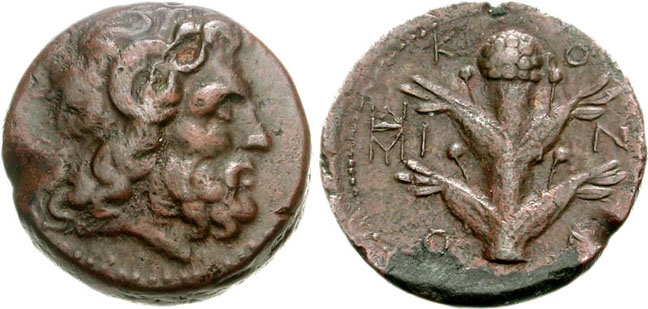
The eastern Libyan region was a very fertile and well watered land, producing wheat and barley as well as olive oil and wine. The orchards were filled with fig and apple trees. Sheep and cattle roamed widely and above all, this was the only place in the world where silphium grew, a natural medicine with contraceptive and aphrodisiac functions.
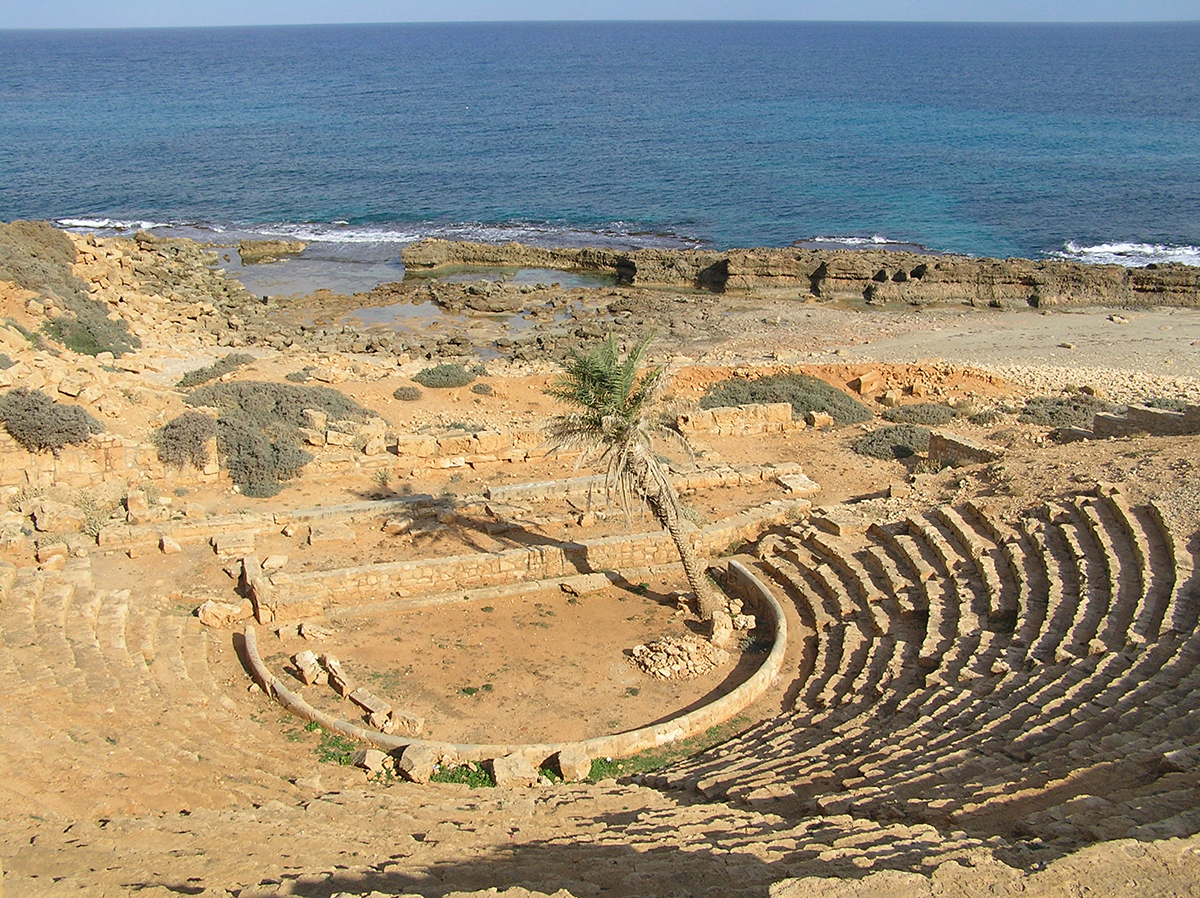
The city of Cyrene continued to flourish under the Ptolemies and later under the Romans, who annexed Apollonia, the most important port of Cyrene, in their territories in 74 BC. Later, in the Roman Empire, Apollonia became the capital of a new region called Libya Superior, created by Diocletian. Although most of Apollonia’s visible remains, like the three basilicas and the Palace of the Dux (where Theodora, the wife of the Byzantine emperor Justinian, lived for six years) date back to the Byzantine era, the city was founded in the 7th century BC as a port for the city of Cyrene, located 18 km inland. Cyrene's nickname was ‘The Athens of Africa’. From the Greek period of Apollonia only the ruins of the walls and the Greek theater are visible, because the early founded buildings of the city are now below sea level due to submergences by earthquakes. The still standing Roman ruins are the bath house of Hadrian, restored by Caracalla, and the port area with its warehouses.
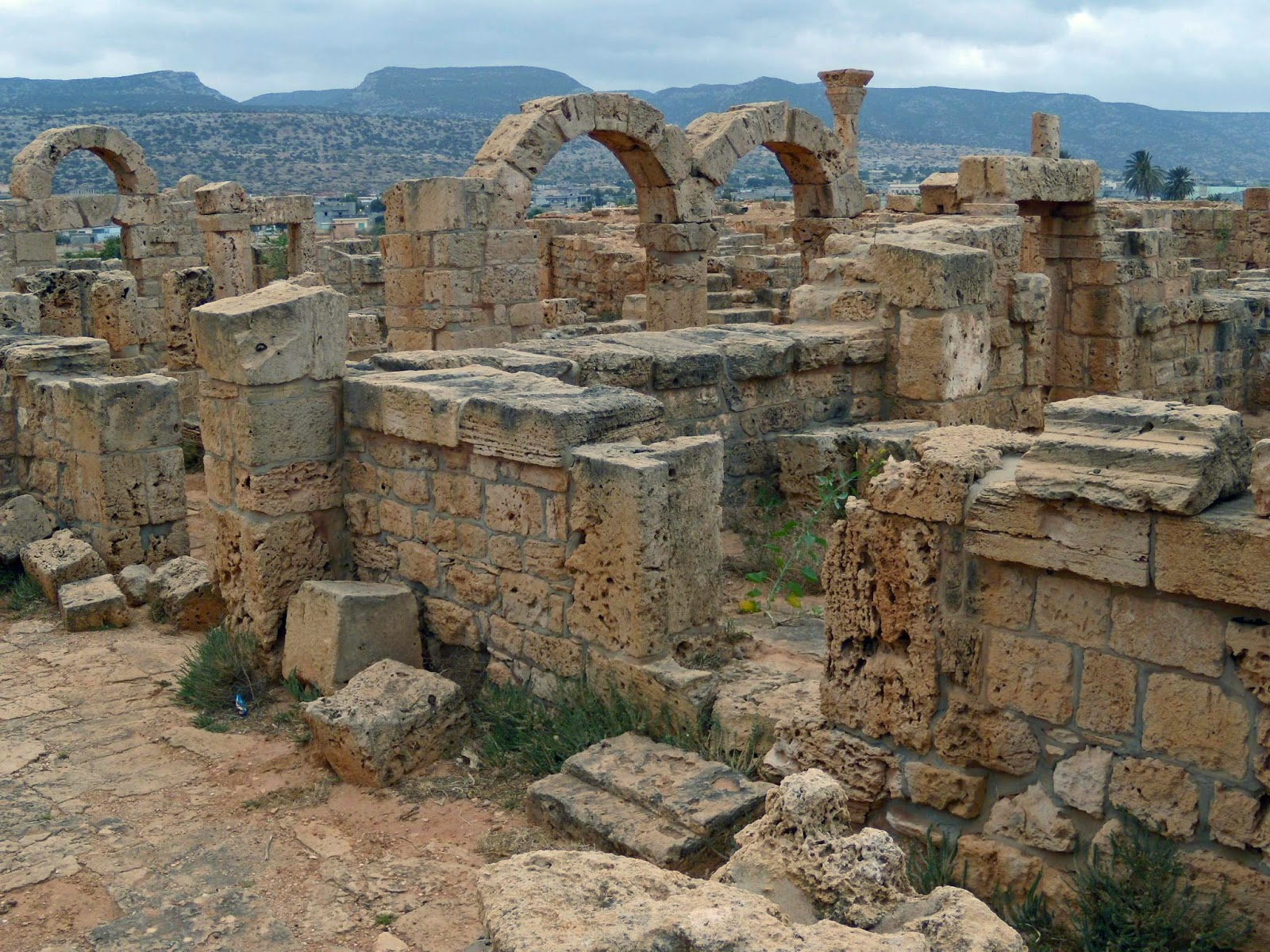
The harbour
The ancient harbour of Apollonia is located in an open bay, delimited to the east by Cape Naustathmos (Ras el-Hilal, راس الهلال) about 20 km away, and to the west by Phycus (Ras Amaar, راس عامر). After a while much of the structures of the ancient Greek port of Apollonia disappeared slowly by landslides. But during the fourth century BC, when the harbour facilities were widely improved, there was a large number of berths where ships could shelter against the strong northern winds. On the west side a new inland port was constructed, protected by two towers, and on the most eastern peninsula a lighthouse was installed. Apollonia was provided with two basins accessible in all kinds of weather (the prevailing winds on this coast come from the north-west).
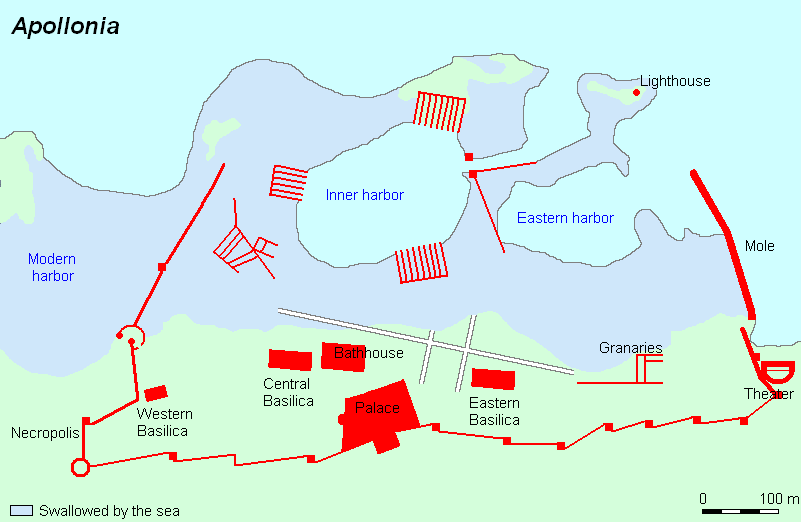
Today the two harbours are recognizable by two islands (see photo 5). The lighthouse was located on the eastern island. The western harbour, an inner harbour connected with the eastern one by a channel, was probably provided with an entrance on its north. The eastern harbour was open on its eastern side. The western harbour contained the main complex of slipways. The harbour underwent several reconstructions from the classical period onwards. The western harbour had at least five rock-cut complexes on its perimeter. However, only one group is now identified with certainty as a complex with slipways, the other harbour remains and rock-cut structures on the west and south edges of the western harbour (now submerged) could have been ship-building areas, quays or warehouses.
The harbour docks have an average surface of 25 m in length and 3.5 m in width, corresponding to the 7:1 length/width ratio of long ships, which might mean that the harbour was used for cargo ships and war ships. Shipwrecks from the fourth century BC have been located in the antique harbour by the French archeologists André Laronde, Jean-Pierre Misson and Claude Sintès, but unfortunately they have never been studied further and published.
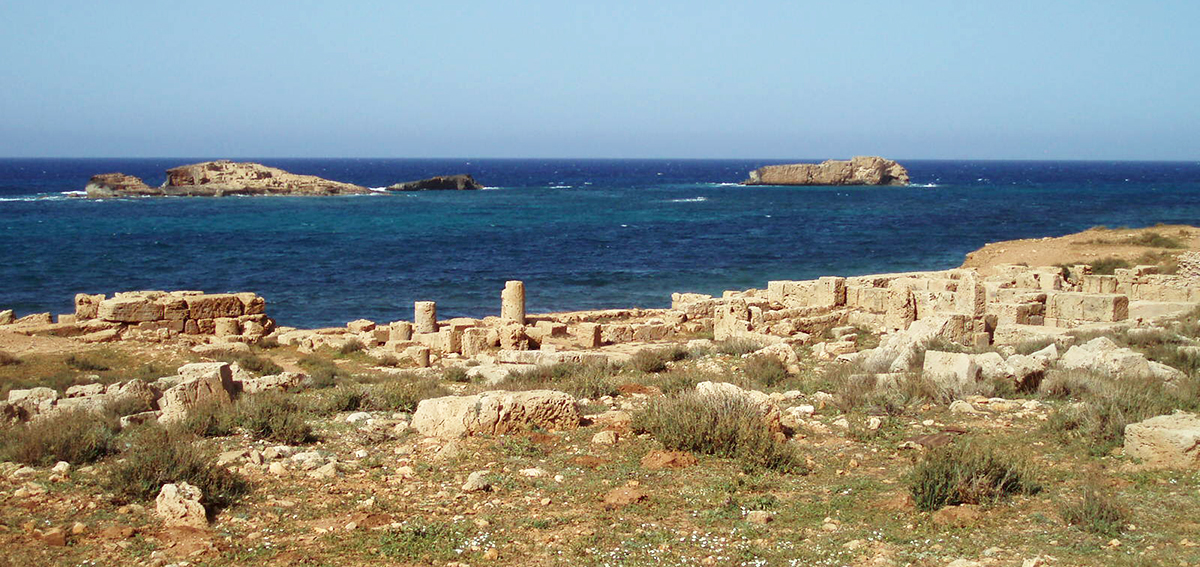
- Notes
- 1: Herodotus Book 4, Melpomene 150-153.
- 2: Besides this Apollonia in Libya there were many cities named Apollonia (after Apollo). There was a city called Apollonia in Judea in the time of the Romans and another city named Apollonia in Albania.
- 3: Photo made by Siculo 73.
- 4: Plan of Apollonia made by Jona Lendering.
- 5: Photo 6 made by David Holt.
- Sources
- R.G. Goodchild, J. G. Pedley, D. White: Apollonia, the Port of Cyrene.
- A. Laronde: Apollonia de Cyrénaïque et son histoire, neuf ans de recherches de la mission archéologique française en Libye.
- P. Montet: Egypte et Cyrénaïque: une campagne de fouilles à Apollonia, CRAI 1954, p. 259-267.
- S. Stucchi, Architettura Cirenaica.






 We are committed to providing versions of our articles and interviews in several languages, but our first language is English.
We are committed to providing versions of our articles and interviews in several languages, but our first language is English.